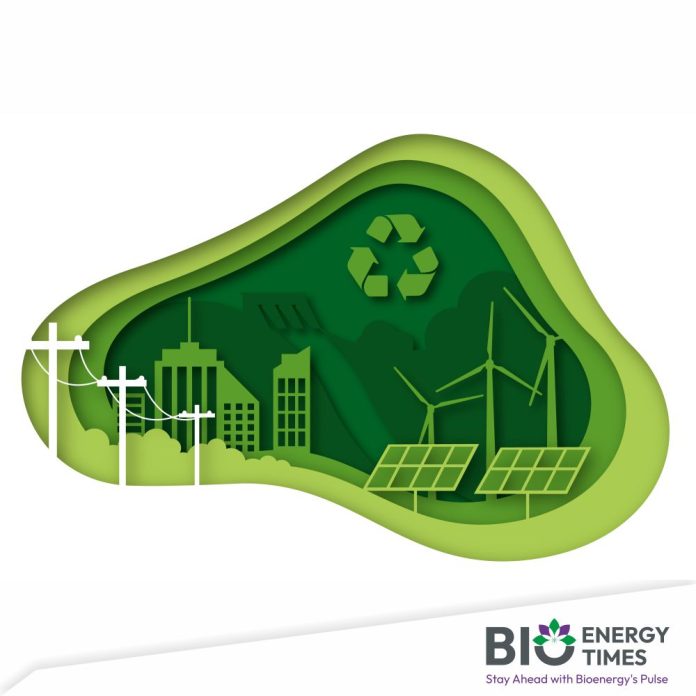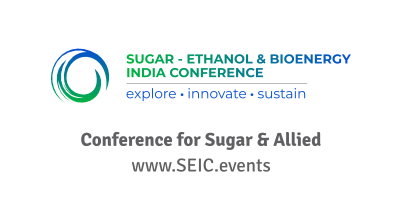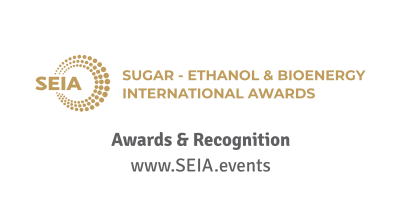India is making significant progress in its clean energy transition by investing in green hydrogen infrastructure, moving away from traditional carbon-intensive hydrogen production toward renewable-powered electrolysis.
According to a report titled “Role of Green Hydrogen in Indian Steel Sector” by Ernst & Young (EY)-Parthenon in collaboration with WWF-India, the country’s green hydrogen push offers a transformative opportunity to decarbonize its steel industry—a sector that accounts for 7% of global CO₂ emissions.
The report highlights green hydrogen as a sustainable alternative to conventional steelmaking processes. It can be integrated into various stages of steel production, including agglomeration, blast furnace operations, direct reduced iron (DRI) processes, and downstream activities like reheating and galvanizing.
While the use of partial hydrogen blends has already been successfully demonstrated, full-scale adoption of hydrogen in steelmaking is still under development. Despite hurdles such as limited feedstock and infrastructure demands, advancements in technology and supportive policies are paving the way for greener steel production.
Under India’s net-zero emissions target for 2070, the green hydrogen-based DRI and electric arc furnace (EAF) method is projected to account for 13% of the expected 403 million metric tonnes per annum (MMTPA) crude steel output by FY2050. This share is anticipated to grow to 41% of 597 MMTPA by FY2070. Green hydrogen demand in the steel industry is forecasted to rise at a compound annual growth rate (CAGR) of 13%, reaching 15.15 MMTPA by FY2070.
To support the development of a 245 MMTPA green hydrogen-based DRI capacity by 2070, the report estimates required investments between USD 297 billion and USD 304 billion. It also notes that falling green hydrogen prices will make it a more viable alternative to conventional steel production methods in the future.
However, the report cautions that the widespread adoption of green hydrogen faces challenges, primarily due to high initial infrastructure and technology costs. To overcome these barriers, it recommends government incentives such as production-linked incentive (PLI) schemes, tax benefits, and public-private partnership (PPP) models.
It also emphasizes the need for a comprehensive National Green Hydrogen Policy that includes regulatory support to lower renewable energy costs, define adoption targets, and implement financial incentives like tax breaks and carbon pricing to attract necessary investments. These initiatives would help reduce electricity and capital expenses, making hydrogen-based steelmaking more economically feasible.
The National Hydrogen Mission (NHM), launched in 2021, is positioned to play a key role in this transition. The mission aims to make India a global hub for green hydrogen, with a production target of five million metric tons annually by 2030.
For detailed information and further insights, please refer to BioEnergyTimes.com, which provides the latest news about the Green Hydrogen Industry
















